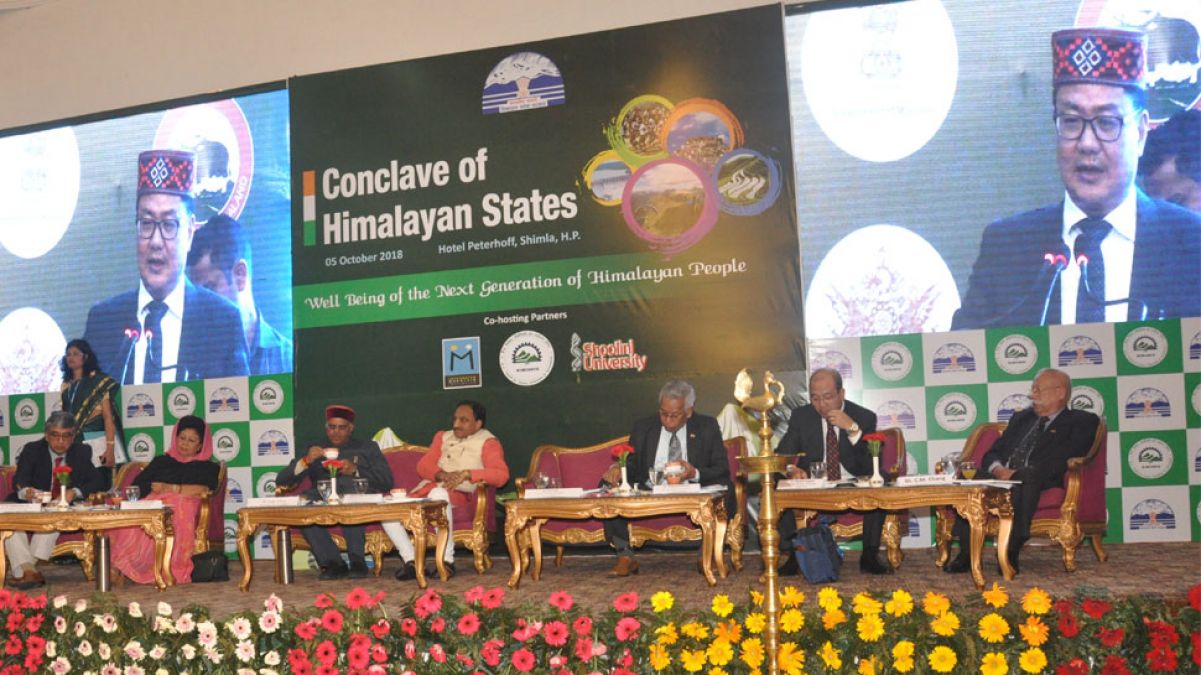
Dehradun: The distinctive geographical nature of the Himalayan ranges, with vast natural wealth, is not able to co-ordiel the prevailing model of development. Even after a vast reservoir of forests, water, rivers, biodiversity, the Himalayan areas have no water to meet the needs. Modern farming practices have changed the picture of the country, but old and traditional farming in the Himalayas has lagged far behind in providing bread and butter.
The steps to expand the necessary infrastructure for development have been shackles by environmental restrictions. Climate change, biodiversity and livelihood resources are showing eye to eye. The international campaign to save forests and wildlife has created a new crisis on the existence of Himalayan humans.
The policy planning that has taken place since the country became independent has also proved that the Himalayan regions themselves must work together to meet the Himalayan challenge. On Sunday, 11 Himalayan states in Mussoorie are coming together on a common platform with the same objective. The joint draft of the Himalayan Conclave, which is being held in the presence of the country's policy makers, including the 15th Finance Commission and the NITI Aayog, will be prepared.
Also Read:
Center to deploy additional 10000 troops in Jammu Kashmir
BJP may move no-confidence motion against speaker in Karnataka
Two earthquakes jolt the Philippines, 5 deaths confirmed!
Chargesheet filed against Azam Khan, made objectionable remarks on Jaya Prada